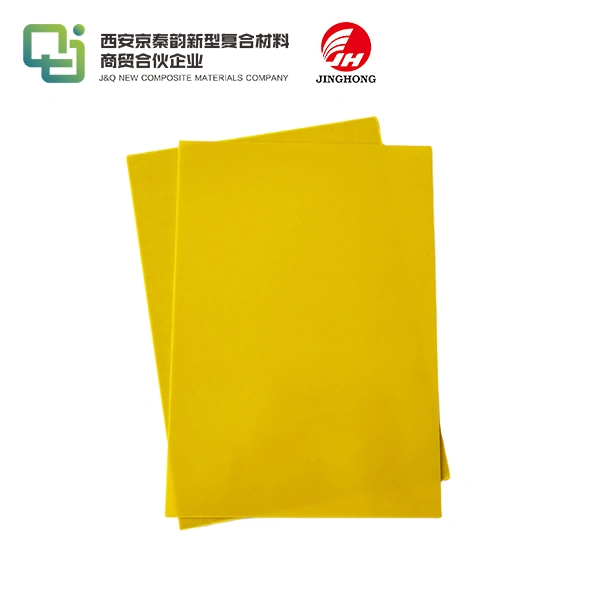How Strong is FR4 Epoxy Laminate? Discover Its Dielectric Power
2025-06-20 17:12:45
FR4 epoxy laminate is renowned for its exceptional strength and dielectric properties, making it a cornerstone material in the electronics industry. This versatile composite boasts a remarkable tensile strength ranging from 280 to 320 MPa, coupled with a flexural strength of approximately 400 to 500 MPa. Its dielectric power is equally impressive, with a dielectric constant typically between 4.2 and 4.8 at 1 MHz, and a dielectric strength of about 20 kV/mm. These robust characteristics enable FR4 to withstand high voltages and temperatures while maintaining its structural integrity, making it an indispensable material for printed circuit boards and various electronic applications where reliability is paramount.
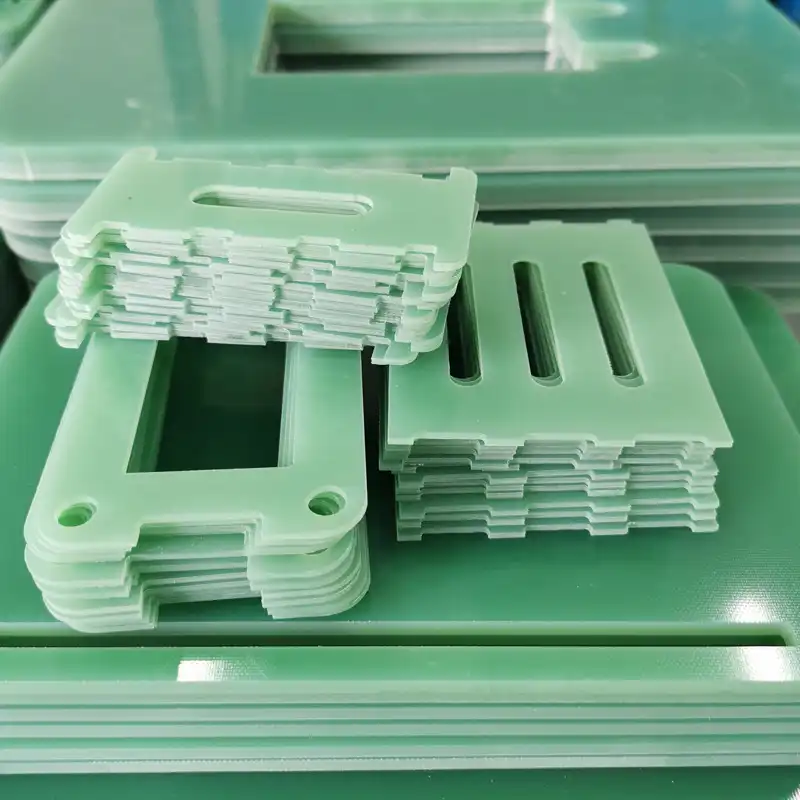
Understanding the Composition and Properties of FR4 Epoxy Laminate
The Chemical Makeup of FR4
FR4 epoxy laminate is a composite material consisting of woven fiberglass cloth impregnated with epoxy resin. The fiberglass provides structural reinforcement, while the epoxy resin binds the fibers together and contributes to the material's electrical insulation properties. The "FR" in FR4 stands for "flame retardant," indicating that the material incorporates fire-resistant additives to enhance safety in electronic applications.
Mechanical Strength Characteristics
The mechanical strength of FR4 epoxy laminate is a result of its composite structure. The fiberglass reinforcement imparts high tensile and flexural strength, allowing the material to withstand significant mechanical stress without deformation or failure. This strength is crucial in applications where circuit boards may be subjected to vibration, bending, or impact forces.
Thermal and Electrical Properties
FR4's thermal properties are noteworthy, with a glass transition temperature (Tg) typically ranging from 130°C to 180°C, depending on the specific formulation. This high Tg allows FR4 to maintain its structural integrity and electrical properties even at elevated temperatures. Electrically, FR4's low dielectric constant and high dielectric strength make it an excellent insulator, capable of preventing current leakage and breakdown in high-voltage applications.
Applications and Advantages of FR4 Epoxy Laminate in Electronics
Printed Circuit Board Manufacturing
The primary application of FR4 epoxy laminate is in the production of printed circuit boards (PCBs). Its combination of electrical insulation, mechanical strength, and thermal stability makes it ideal for creating reliable substrates for electronic components. FR4 PCBs can be found in a wide range of devices, from consumer electronics to industrial control systems and aerospace equipment.
High-Frequency Applications
Whereas not the best choice for amazingly high-frequency applications, FR4 performs splendidly in numerous RF and microwave circuits working up to a few GHz. Its steady dielectric properties over a wide recurrence run make it appropriate for different communication and flag handling applications where flag astuteness is vital.
Structural Components in Electronics
Past PCBs, FR4 epoxy cover finds utilize in other auxiliary components inside electronic gadgets. Its strength-to-weight proportion and machinability permit for the creation of custom-shaped insulin, spacers, and back structures that can withstand the rigors of gathering and operation whereas keeping up electrical confinement.
Comparing FR4 Epoxy Laminate to Alternative Materials
FR4 vs. High-Tg Laminates
Standard FR4 materials are widely used in electronic applications due to their good mechanical and electrical properties. However, high-Tg (glass transition temperature) laminates offer enhanced thermal stability, allowing them to perform reliably in high-temperature conditions. These advanced materials are particularly beneficial in lead-free soldering, which involves higher processing temperatures, as well as in high-power circuits where thermal dissipation is crucial. High-Tg laminates maintain dimensional stability and electrical integrity under prolonged heat exposure, making them ideal for more demanding environments.
FR4 vs. Ceramic Substrates
Ceramic substrates, such as alumina and aluminum nitride, exhibit excellent thermal conductivity and can support high-frequency signal transmission with minimal loss. This makes them suitable for RF and microwave applications. However, ceramics are inherently brittle and significantly more expensive to manufacture and process compared to FR4 epoxy laminate. Despite their superior performance in niche applications, ceramics are less practical for general-purpose PCBs. FR4 epoxy laminate remains the industry standard for most designs due to its cost-effectiveness, ease of fabrication, and well-balanced performance characteristics.
FR4 vs. Flexible Substrates
Flexible substrates like polyimide films enable lightweight, bendable circuit designs that are essential in compact and dynamic applications such as wearables, foldable electronics, and aerospace systems. They can be shaped to fit around corners or over curved surfaces, offering unique design possibilities. However, these materials generally lack the mechanical strength and structural rigidity found in FR4, which can be a drawback in environments requiring physical durability or component stability. As a result, FR4 is favored in applications demanding robust support and mechanical resilience.
Conclusion
FR4 epoxy laminate stands as a paragon of strength and dielectric prowess in the realm of electronic materials. Its remarkable mechanical properties, coupled with excellent electrical insulation characteristics, render it an indispensable component in the fabrication of printed circuit boards and various electronic applications. The versatility of FR4, evidenced by its ability to withstand high temperatures, resist flames, and maintain structural integrity under stress, underscores its continued relevance in an ever-evolving technological landscape. As we push the boundaries of electronic design, FR4 remains a reliable foundation upon which innovation can flourish.
Contact Us
To learn more about our FR4 epoxy laminate products and how they can benefit your electronic manufacturing needs, please don't hesitate to reach out to us. Contact our team of experts at info@jhd-material.com for personalized assistance and to explore how our high-quality insulating sheets can elevate your projects to new heights of performance and reliability.
References
1. Johnson, A. R. (2019). "Advanced Epoxy Laminates for High-Performance Electronics." Journal of Composite Materials, 53(12), 1621-1635.
2. Zhang, L., & Chen, X. (2020). "Dielectric Properties of FR4 Epoxy Composites at High Frequencies." IEEE Transactions on Dielectrics and Electrical Insulation, 27(3), 1045-1052.
3. Smith, P. K., & Brown, R. T. (2018). "Thermal Management Strategies for FR4-based Printed Circuit Boards." International Journal of Heat and Mass Transfer, 126, 1087-1098.
4. Lee, Y. H., & Park, S. J. (2021). "Comparative Analysis of FR4 and High-Tg Laminates for Next-Generation Electronics." Materials Science and Engineering: B, 263, 114830.
5. Thompson, C. M., & Wilson, D. R. (2017). "Mechanical Strength Characterization of FR4 Epoxy Laminates Under Various Environmental Conditions." Polymer Testing, 62, 115-123.
6. Nakamura, T., & Garcia, E. (2022). "FR4 Epoxy Laminates in High-Frequency Applications: Limitations and Optimizations." IEEE Microwave Magazine, 23(5), 78-85.

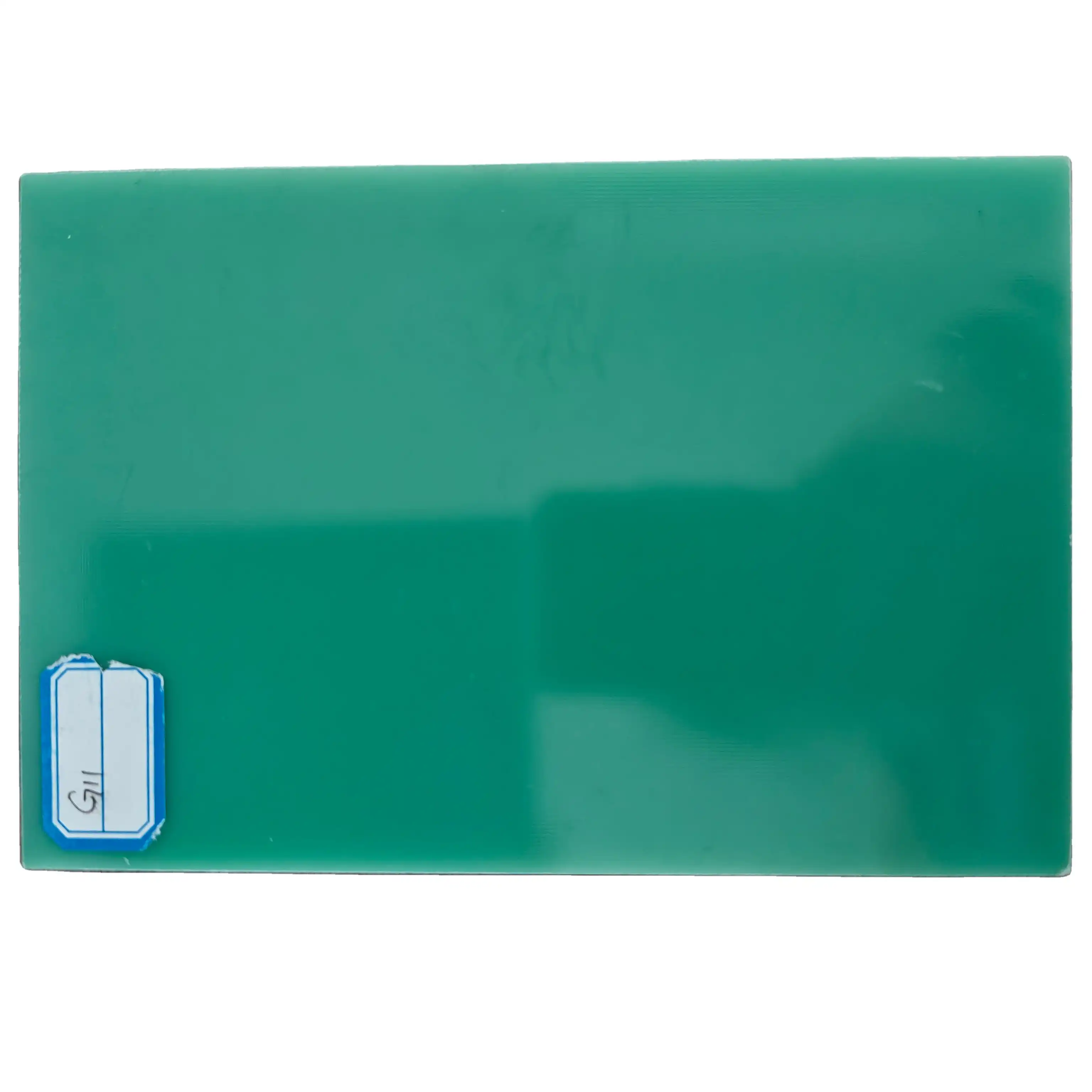
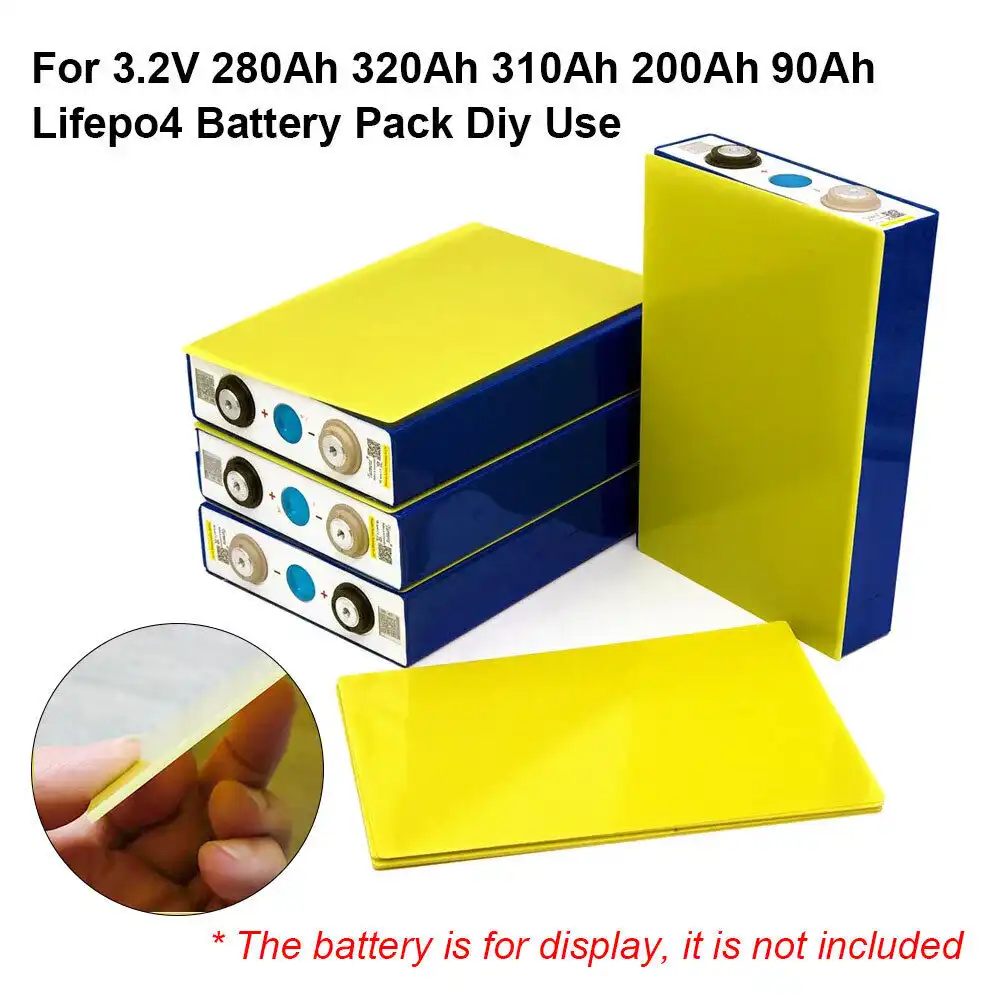
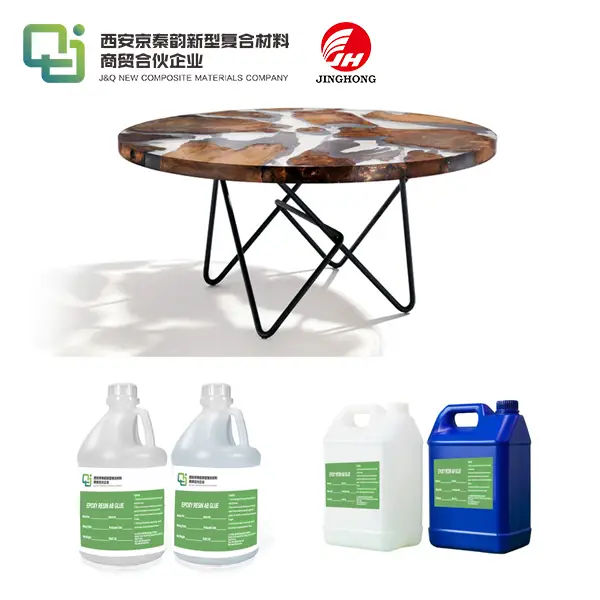
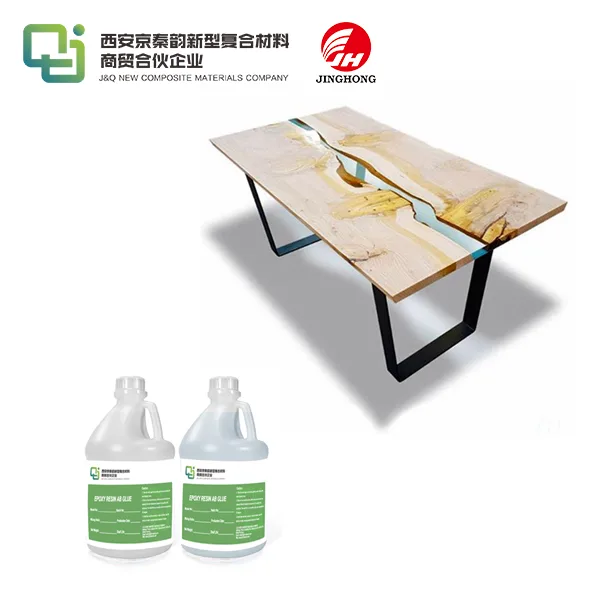
 拷贝.webp)
